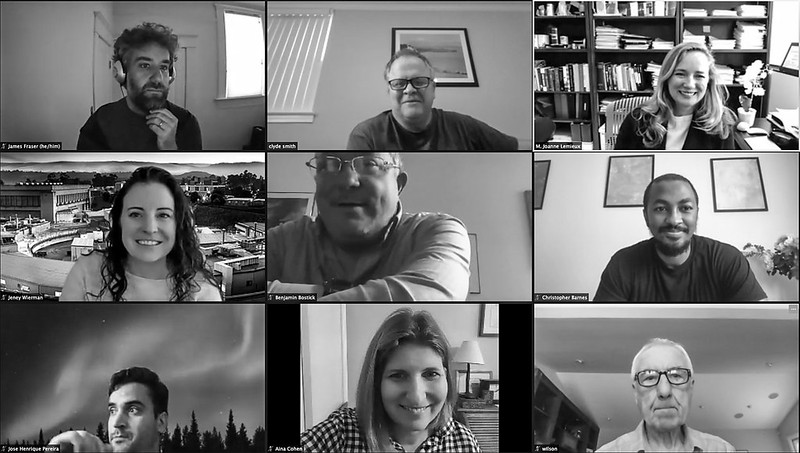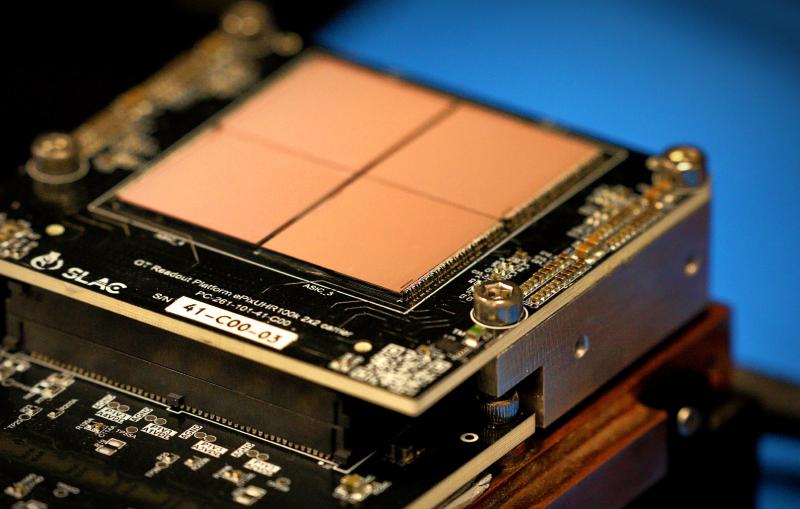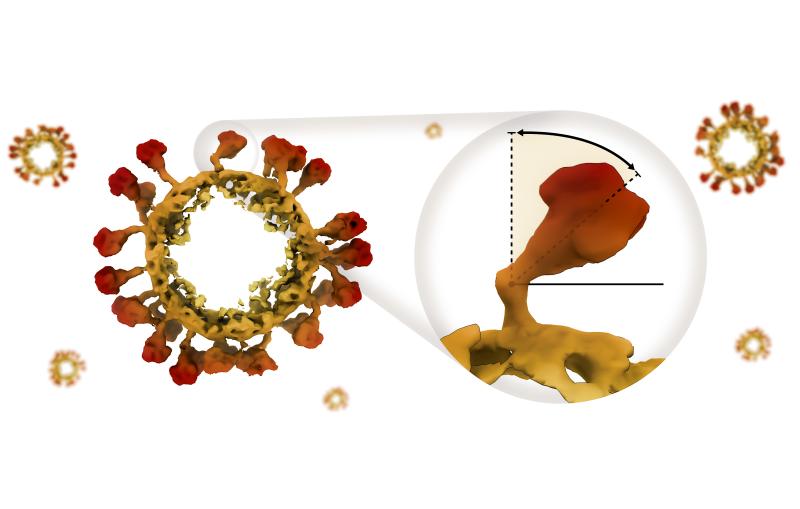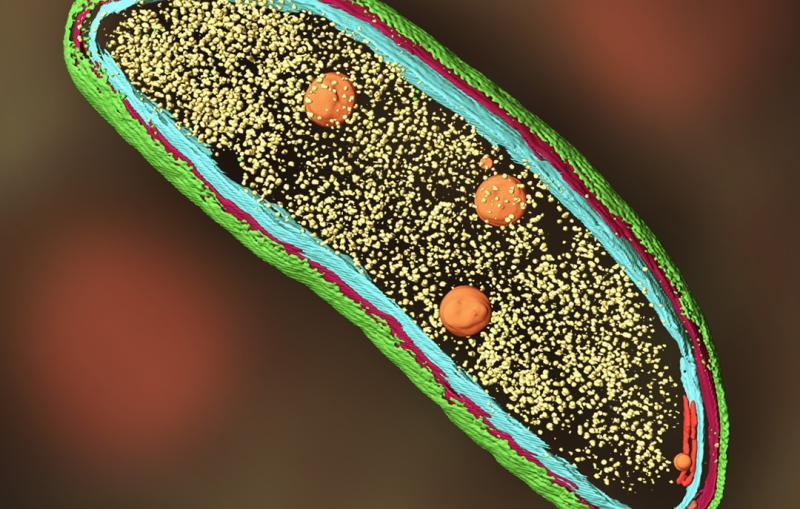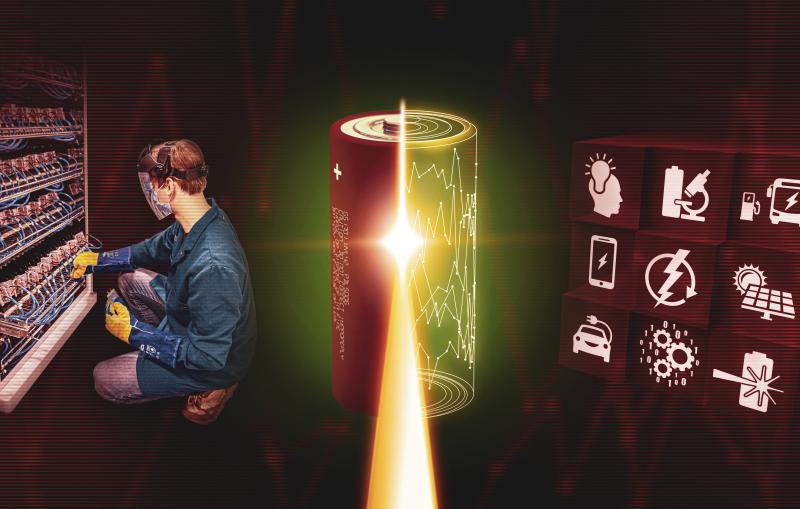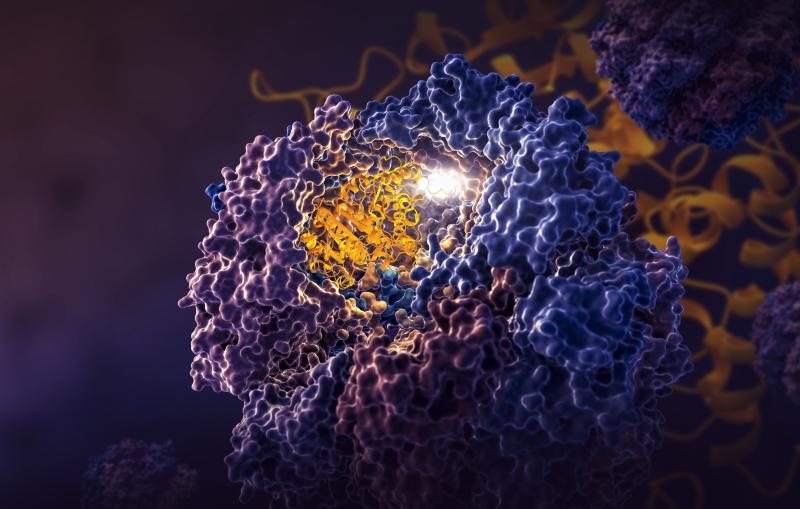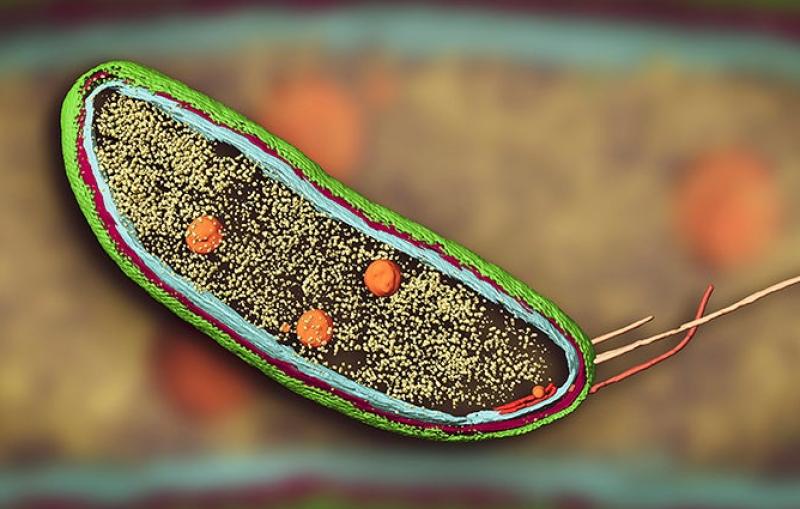Slideshow: 2020 SSRL/LCLS Users’ Meeting
The annual conference for scientists who conduct research at SLAC’s light sources engaged more than 1,700 researchers in talks, workshops and discussions.
Every year, thousands of scientists from around the world come to the Department of Energy’s SLAC National Accelerator Laboratory to use its cutting-edge X-ray light sources. Their discoveries benefit a wide range of fields, including materials and energy sciences, chemistry, biology, medicine, environmental science, engineering, astronomy and physics.
The SSRL/LCLS Annual Users' Meeting – geared toward researchers who conduct experiments at SLAC’s Stanford Synchrotron Radiation Lightsource (SSRL) and Linac Coherent Light Source (LCLS) – is a unique opportunity to gather together the light source community in a single scientific event. This year’s meeting, held from Sept. 29 to Oct. 9, went virtual, allowing 1,750 researchers to tune into talks and poster sessions, participate in workshops and engage in discussions.
As DOE Office of Science user facilities, SSRL and LCLS are open to scientists around the world for experiments that use extremely bright X-rays to probe matter and ultrafast atomic-scale processes, shedding light on everything from battery materials to the interiors of planets and stars. Participants learned about the latest scientific research and current and future capabilities at these facilities and discussed science with colleagues from academia, research laboratories and industry worldwide.
The LCLS Young Investigator Award, William E. and Diane M. Spicer Young Investigator Award, Melvin P. Klein Scientific Development Award and Farrel W. Lytle Award were presented at the meeting.
The event was organized by local and scientific organizing committees that included graduate student Meriame Berboucha; LCLS User Program Manager Leilani Conradson; Cryo-EM Administrator Lisa Dunn; LCLS Program Coordinator Paul Jones; SSRL User Services Manager Cathy Knotts; LCLS User Logistics Administrator Brittany Lemesh; Panofsky Fellow Emma McBride; SLAC Senior Staff Scientist Clyde Smith; University of Buffalo Professor Edward Snell; SLAC intern Jessica Troxel; and LCLS scientist Hasan Yavas.
Contact
For questions or comments, contact the SLAC Office of Communications at communications@slac.stanford.edu.
About SLAC
SLAC National Accelerator Laboratory explores how the universe works at the biggest, smallest and fastest scales and invents powerful tools used by researchers around the globe. As world leaders in ultrafast science and bold explorers of the physics of the universe, we forge new ground in understanding our origins and building a healthier and more sustainable future. Our discovery and innovation help develop new materials and chemical processes and open unprecedented views of the cosmos and life’s most delicate machinery. Building on more than 60 years of visionary research, we help shape the future by advancing areas such as quantum technology, scientific computing and the development of next-generation accelerators.
SLAC is operated by Stanford University for the U.S. Department of Energy’s Office of Science. The Office of Science is the single largest supporter of basic research in the physical sciences in the United States and is working to address some of the most pressing challenges of our time.
